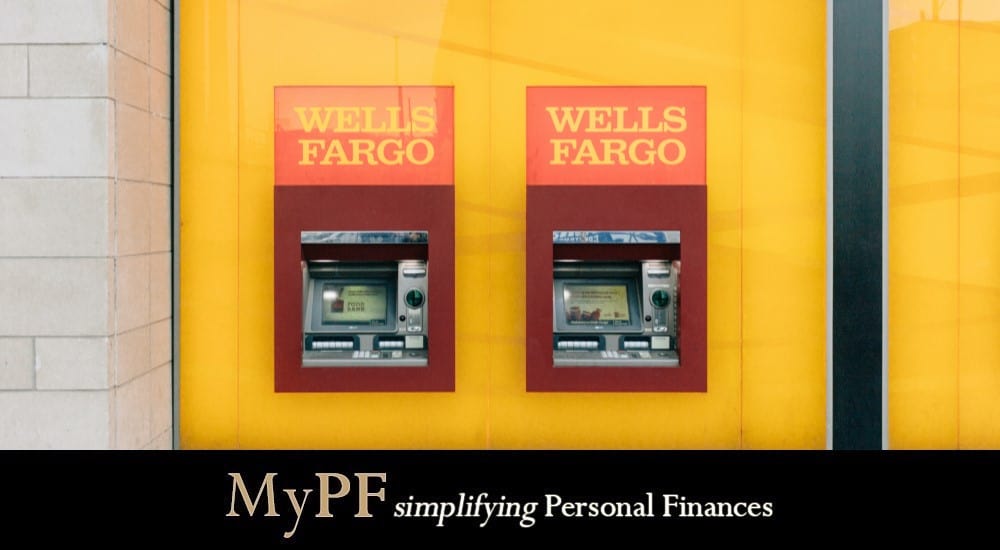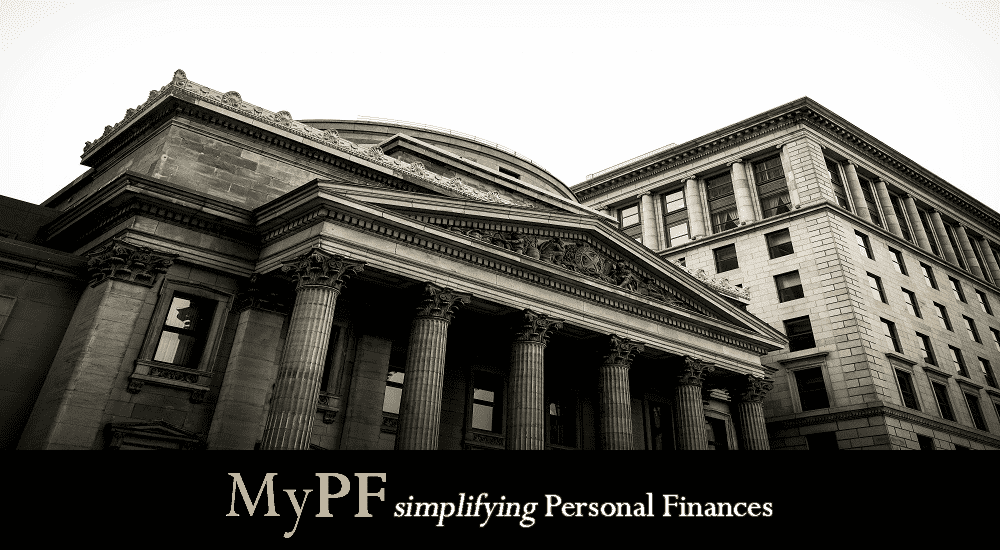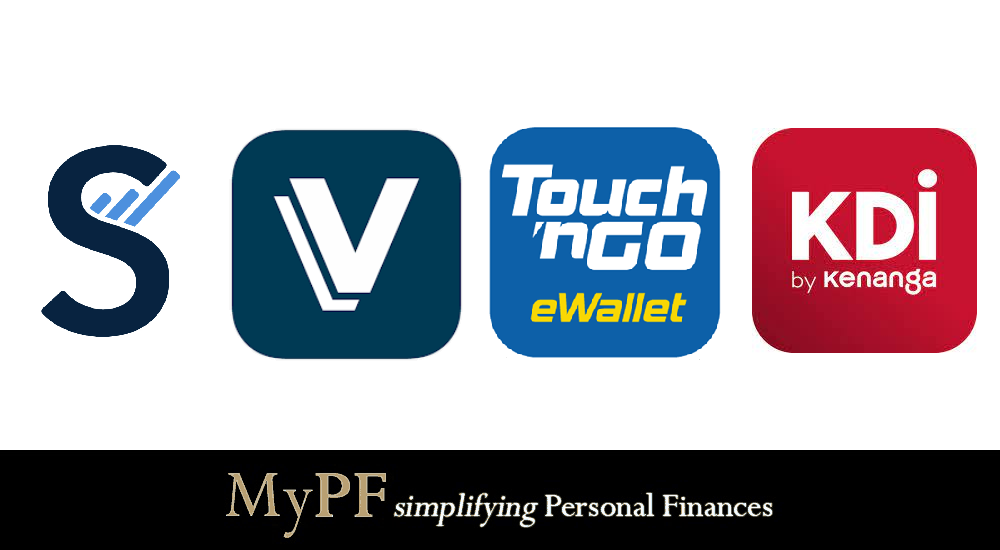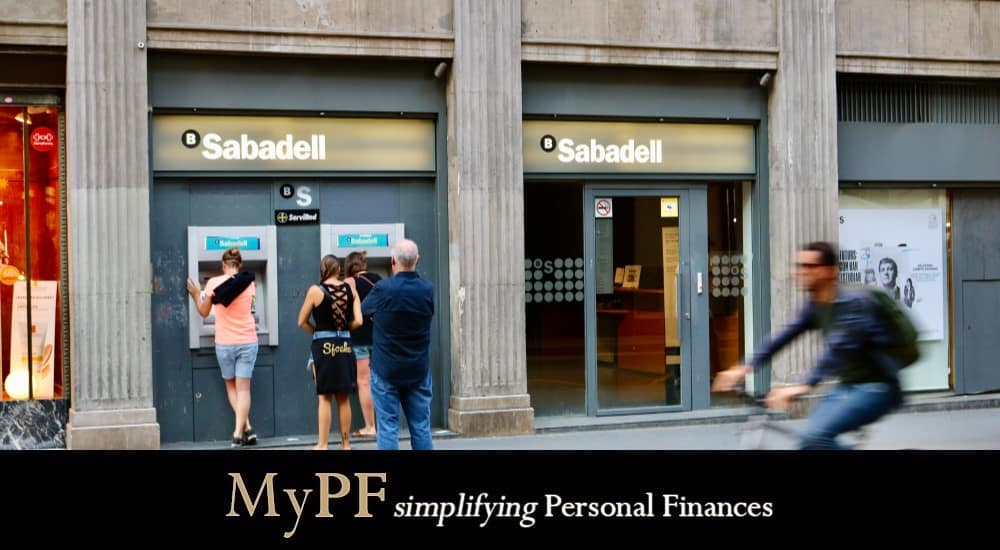How the rise of open banking is steadily transforming the financial landscape.
The financial landscape is quickly changing due to open banking, which has offered consumers significantly greater control over their accounts. It has also brought about enhanced technological innovation, heightened competition, and security concerns by enabling banks to exchange their data with third-party providers using open standards and APIs.
Open Banking is a system that provides third-party access to financial data through the use of application programming interfaces (APIs).
Open banking is currently used by more than 2.5 million people worldwide to move, manage, and add value to their money, and the ecosystem is expanding at a rate of 1 million new users every six months on average.
Contents
The Advent of Open Banking
It’s clear to see how valuable data has been in recent times. It is processable and analysable. It can be used for a variety of things, like managing mortgage payments and paying electricity bills. Data has even been referred to as the new oil.
Nowadays, financial services revolve around online financial data.
The user of open banking authorises a regulated app to safely visit a banking website. This allows third parties access to current financial data. This can be used to retrieve financial data or to quickly and easily make direct payments. The ability to easily determine each person’s creditworthiness may also now be more feasible. In addition to changing pricing, it also streamlines digital transactions carried out online.
New APIs and business ideas are proliferating thanks to open banking. Individuals and their banks now coexist with independent Fintech firms. The latter is taking requests, analysing data, and acting in novel ways. Open banking has evolved into an enabler in this sense. It improves the efficiency of financial services and turns your mobile phone into a personal assistant.
Expect better comparisons and less expensive, more suitable products, and for financial services to become more streamlined, quicker, and more inclusive.
The ability to switch banks with a click is now possible due to open banking, and this could lead to unprecedented new developments.
What Forces Are Fueling the Revolution in Open Banking?
Although open banking was first tested more than 40 years ago, three main factors ultimately led to its introduction in January 2018.
#1. Changing client expectations
Numerous technological advances in the financial sector can come about due to rising demand for digital and mobile banking services. Open banking seems to have been a logical next step in meeting peoples’ desires for easier access to and visibility of all of their financial data in one location.
#2. The expansion of the alternative finance industry and fintech
As interest in and investment in alternative financial services keeps rising, established banks now have to compete not only with one another but also with massive technology firms that are trying to corner the market. This has increased the demand for banks to modernise their services and provide their clients with more appealing digital options.
#3. Modifications to compliance requirements and data ownership
Financial institutions must break down their barriers and allow for more openness for both their consumers and their rivals as GDPR and other legislation continue to have an impact on how banks use client data.
What Difficulties Do Banks Face As Part Of This Revolution?
Although there have been some improvements in the banking sector, COVID-19 has accelerated the need for a significant shake-up. The financial industry was among those most severely affected by the pandemic, with most banks experiencing a decline in the value of their stock. This may have prompted them to reconsider their product offerings and client needs.
COVID-19, with all the problems it brought, may have impacted the banking system and the connection between banks and their customers positively.
In a recent study of 300 global banking executives, banking software provider Temenos discovered that while just 29% of respondents had open banking initiatives in place, 45% planned to build digital ecosystems.
It’s clear how significant the year 2020 was for open banking. 53 per cent more people use banking apps now than they did before Covid, according to a Global State of Play study.
Banks seem to be under pressure to match consumer expectations for quick, easy, simple payments through online and mobile solutions due to fierce competition they face from open banking APIs developed by fintech firms and products from digital giants like Google Wallet and Apple Credit Card.
How Should Banks React to this Change?
Banks may have to consider collaborating instead of competing with the fintech sector. Fintechs can provide creative, streamlined APIs using cutting-edge technology to take the place of a bank’s outdated offerings. They aren’t hindered by things like customer acquisition and old infrastructures so they can move swiftly.
Banks can cut costs and provide their clients with much more seamless experiences at competitive pricing thanks to this lean, flexible strategy. Fintech companies can collaborate with banks to identify and address ongoing security issues. In exchange, a bank’s reputable name and sizable customer base might be advantageous to these fintech companies.
Conclusion
Open banking has transformed the financial landscape and provided customers with greater control over their financial data. The adoption of open banking has led to enhanced technological innovation, increased competition, and improved security concerns in the financial sector.
Open banking has enabled the exchange of data between banks and third-party providers, leading to the development of new APIs and business ideas. Despite the challenges faced by the banking sector, including the impact of COVID-19, banks should consider collaborating with fintech firms to modernize their services and provide their customers with more appealing digital options.
By embracing open banking, banks can improve the efficiency of financial services, offer better comparisons and more suitable products, and enhance the inclusivity of financial services.
What other changes do you expect to see in the financial landscape in the near future? Let us know in the comments down below.













Leave A Comment